2023-01-28
A cable speed hump is a traffic calming device that is installed on roads or parking lots to slow down vehicles and improve pedestrian safety. They are typically made of rubber or plastic and are designed to be flexible, allowing vehicles to pass over them without causing damage. Cable speed humps are typically installed in areas where vehicles are traveling at high speeds or where there is a lot of pedestrian traffic.
Cable speed humps are designed to be installed across the width of the road or parking lot and typically have a raised portion in the middle, with a gradual slope on either side. This design helps to slow down vehicles as they approach the hump, while also allowing them to safely pass over it.
Cable speed humps are relatively easy to install, and typically require the use of a special installation tool. They can be anchored to the road surface using pre-drilled holes or by using adhesive. They are also lightweight and easy to move if necessary.
Cable speed humps are an effective traffic calming measure, and have been shown to reduce vehicle speeds and improve pedestrian safety in areas where they are installed. They also have a relatively low impact on the environment and are an affordable option for municipalities and private property owners.
In summary, Cable speed hump is a traffic calming device that is installed on roads or parking lots to slow down vehicles and improve pedestrian safety. They are typically made of rubber or plastic and are designed to be flexible, allowing vehicles to pass over them without causing damage. They are designed to be installed across the width of the road or parking lot and typically have a raised portion in the middle, with a gradual slope on either side. Cable speed humps are relatively easy to install, and typically require the use of a special installation tool. They are an effective traffic calming measure, and have been shown to reduce vehicle speeds and improve pedestrian safety in areas where they are installed. They also have a relatively low impact on the environment and are an affordable option for municipalities and private property owners.

 English
English 简体中文
简体中文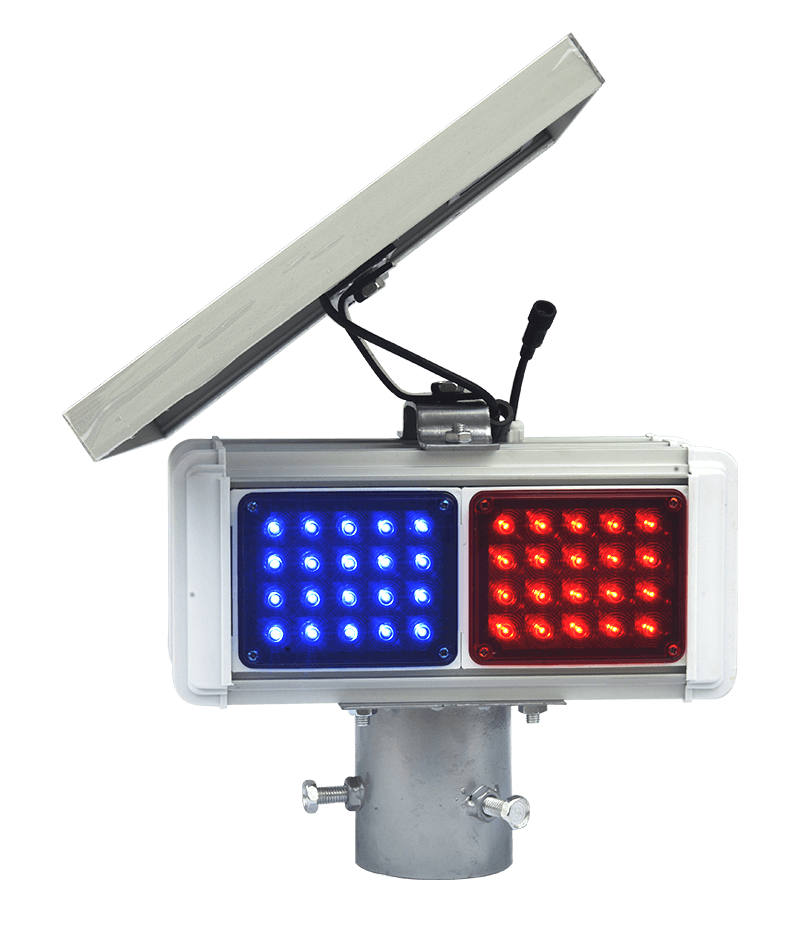
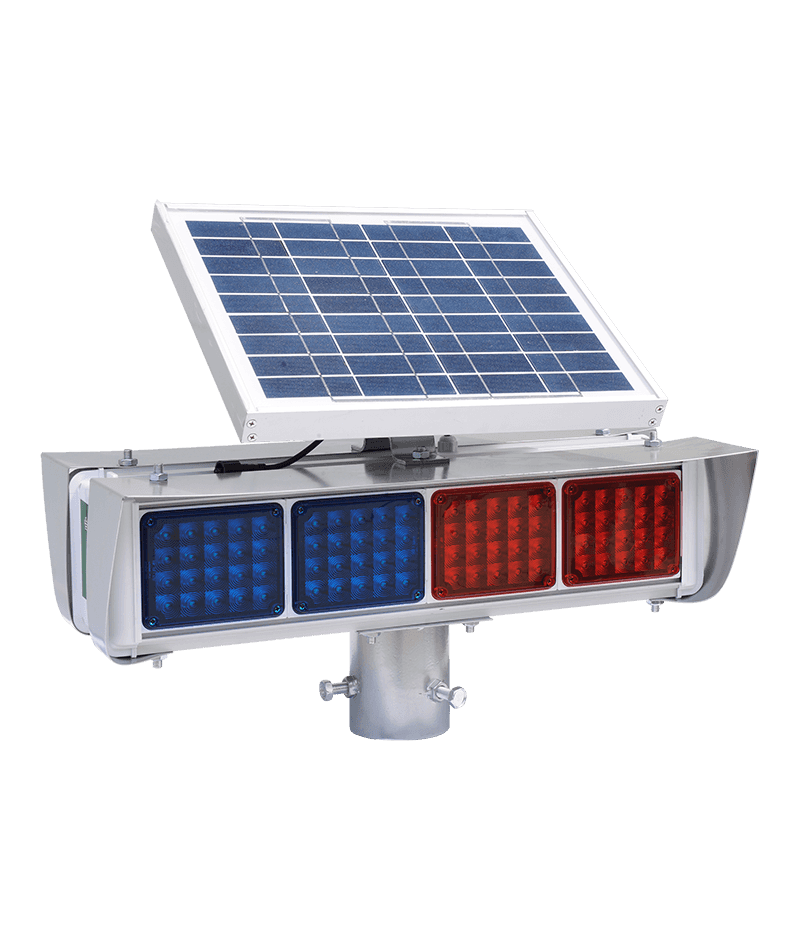
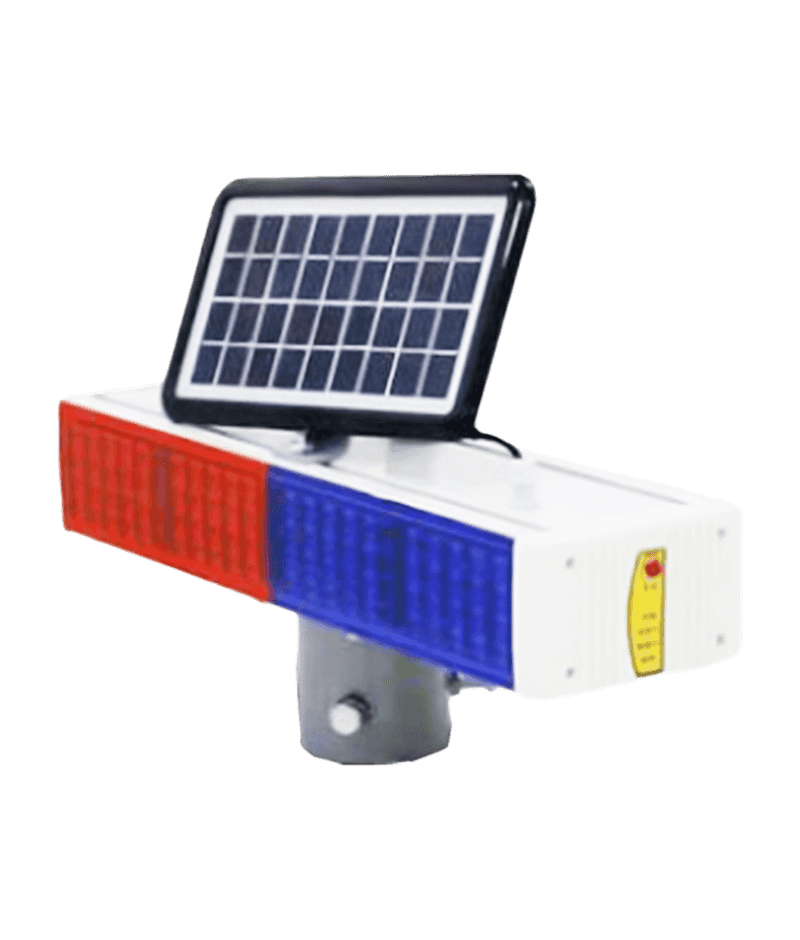
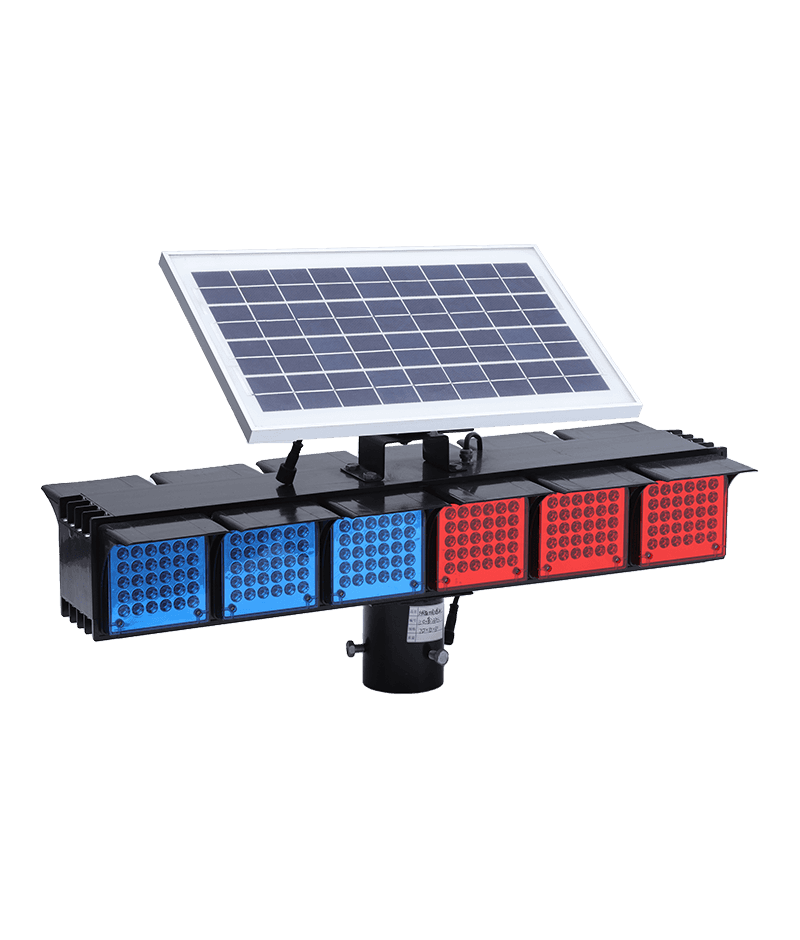
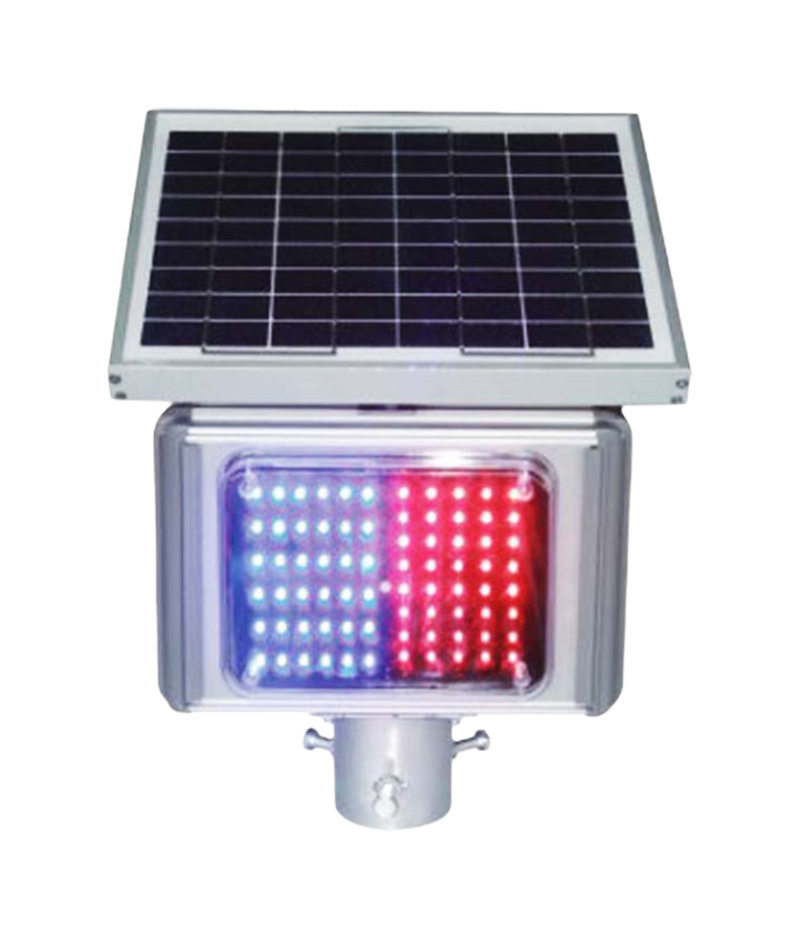
.png)

